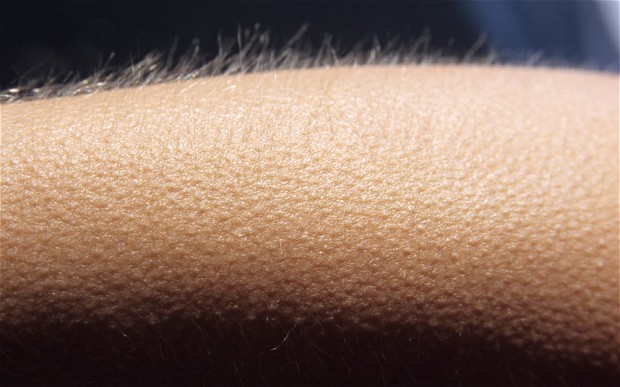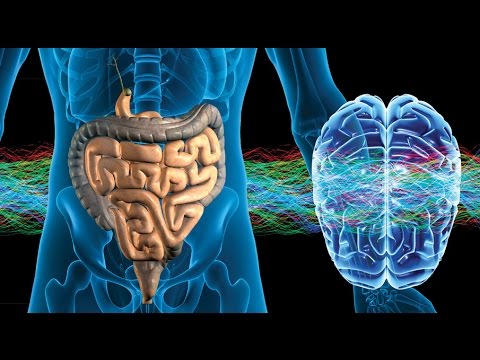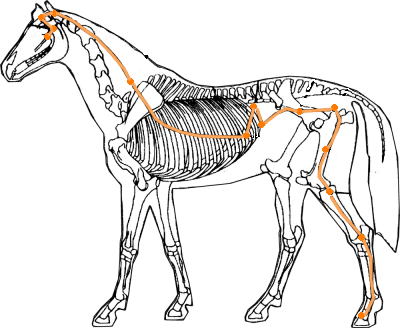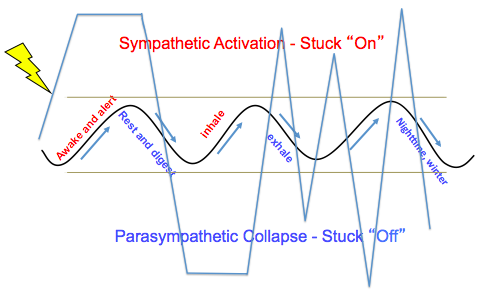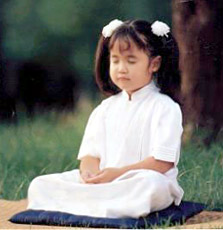Trauma Training Tip Autumn’s crisp, dry and clear air has a particular impact on the skin. I always know that the energy of the Metal Element has arrived when the skin on my hands becomes parched, dry and ashy. Skin has richly sensate and strong opinions about the nature, location, quality, and kind of touch it wants. Acupuncturists penetrate the skin with needles; physical care and other medical providers touch their patients’ skin in every session. This organ is our largest one and wants to be respected and heard! Being mindful about how we relate to our clients’ skin is …
October News ‘n Views
Trauma Training Tip Every Element stores an aspect of spirit. The Metal’s spirit is called the po, or animal soul. Our po gives us a sense of being animated. It inspires our most primal and instinctive nature and gives us the capacity for embodied awareness. It resides in our Lungs and travels with our breath. It brings a sensate experience of animation to every dimension of our body. It supports instinctive, reactive, physical responses, like raising a hand to protect us from an object flying at us. Spiritual practices that focus on the breath cultivate our po. Understanding the nature …
September News ‘n Views on Integrative Healing
The Earth Element has a special relationship with our muscles and flesh. The Spleen’s function to create qi is visible in the tone and capacity of our muscles. Our muscles carry body memories of our inner experiences. Thwarted mobilization responses, failures of self-protection, and untransformed traumatic experiences may be stored in them. What we believe and how we feel about these experiences may be found in our muscle memory and be reflected in our posture and stance toward life. Our muscles tend to be loud and distracting in our interoceptive, body-awareness. They contain and convey strong sensations we are meant …
August News ‘n Views
Trauma Training Tip Each time our Sympathetic Nervous System is activated in the face of threat, our fight or flight response delivers a message across the control cycle from our Wood to our Earth to shut down peristalsis in our guts. In this moment we need all our Qiand blood to focus on our muscles and joints to mobilize a response to this immediate life threat. Early life trauma, or overwhelming and recurrent adult traumas can create a habituated state of “freeze” in our viscera with profound impact on our vitality and the many functions of our “belly brain”. This …
June/July News ‘n Views
Trauma Training Tip The summer is a great time to think about the Fire Element, the ventral vagus nerve and the critical role that acupuncturists can play in this piece of East-meets-West physiology. Western neurophysiology looks to the ventral vagus for many of the functions that an acupuncturist looks to in the Fire Element. Both East and West name our capacity to look at each other with soft eyes, understand the subtleties of meaning in speech, communicate emotional nuance with facial expression and voice tone, and light up our face when we feel loved as functions of the Fire Element …
May News ‘n Views on Integrative Healing
Trauma Training Tip Understanding the nature and function of the Fire Element in the self-protective response is central to working with trauma survivors. When we experience danger or life threat, the vibration of fear in our Kidney reaches across the control cycle to our Heart Protector. As humans, our first instinct, unless it has been previously extinguished, is a relational one. Our Heart Protector is the vehicle that helps us be in relationship with and seek help from the people around us. We are social animals, and in health, our ability to engage with our “tribe” can make a …
April 2018 News ‘n Views on Integrative Healing
Trauma Training Tip Our Wood Element initiates our orientation response when it receives a message across the K’o cycle from our Metal that something “is amiss”. The first step of the self-protective response uses the interoceptive capacity of the Animal Soul of the Lung, or the Po, to bring awareness of our environment. The Metal Element sends a message across the control cycle to the Wood Element to initiate orienting to a potential threat. Our body, like those of all animals, assumes a predictive reflexive startle posture. We turn all our senses toward the potential threat, duck our head, crouch …
News ‘n Views on Integrative Healing, March 2018
Trauma Training Tip The eyes are the Wood Element’s sense organ. Together with our senses of hearing, smell, taste and kinesthesia, they support the Wood’s function to orient to our surroundings, assess threats, and strategically plan successful mobilization responses. Eye placement is different in animals that are predators from those that are prey. Predators need to see long distances across a wide range to seek out prey. Their eye placement is necessarily in the front of their face, with round pupils. Cats, owls and humans are good examples of predator eye placement. Prey animals need to see up close and …
January News ‘n Views
Trauma Training Tip I often draw this image for my clients. I affirm for them that the zone of resiliency in the center, which acupuncturists will easily recognize as the organic movement between yin and yang; is always there for us. Nothing can break nature’s fundamental rhythm between day and night, summer and winter. When an overwhelming experience causes a rupture in the boundary that holds our Qi, we become stronger, faster, clearer and more able to mount a successful and life protective “fight or flight” response. This hyper-aroused state is designed to be short-lived, and then usher us back …
December News ‘n Views on Integrative Healing
Trauma Training Tip Allostasis is a term from Western neurophysiology that describes the process of how we achieve stability by distributing the impact of stress across various body-systems. Acupuncturists know this well – when we offer constitutional support, all aspects of a person’s capacity to manage their life are supported. Allostasis is what helps us survive, learn from and find stability after stressful experiences. For example, touching a hot stove will signal a rise in adrenaline, alerting our flight response to quickly remove our hand. Adrenalin also enhances our memory to help us avoid touching hot stoves in the future, …

